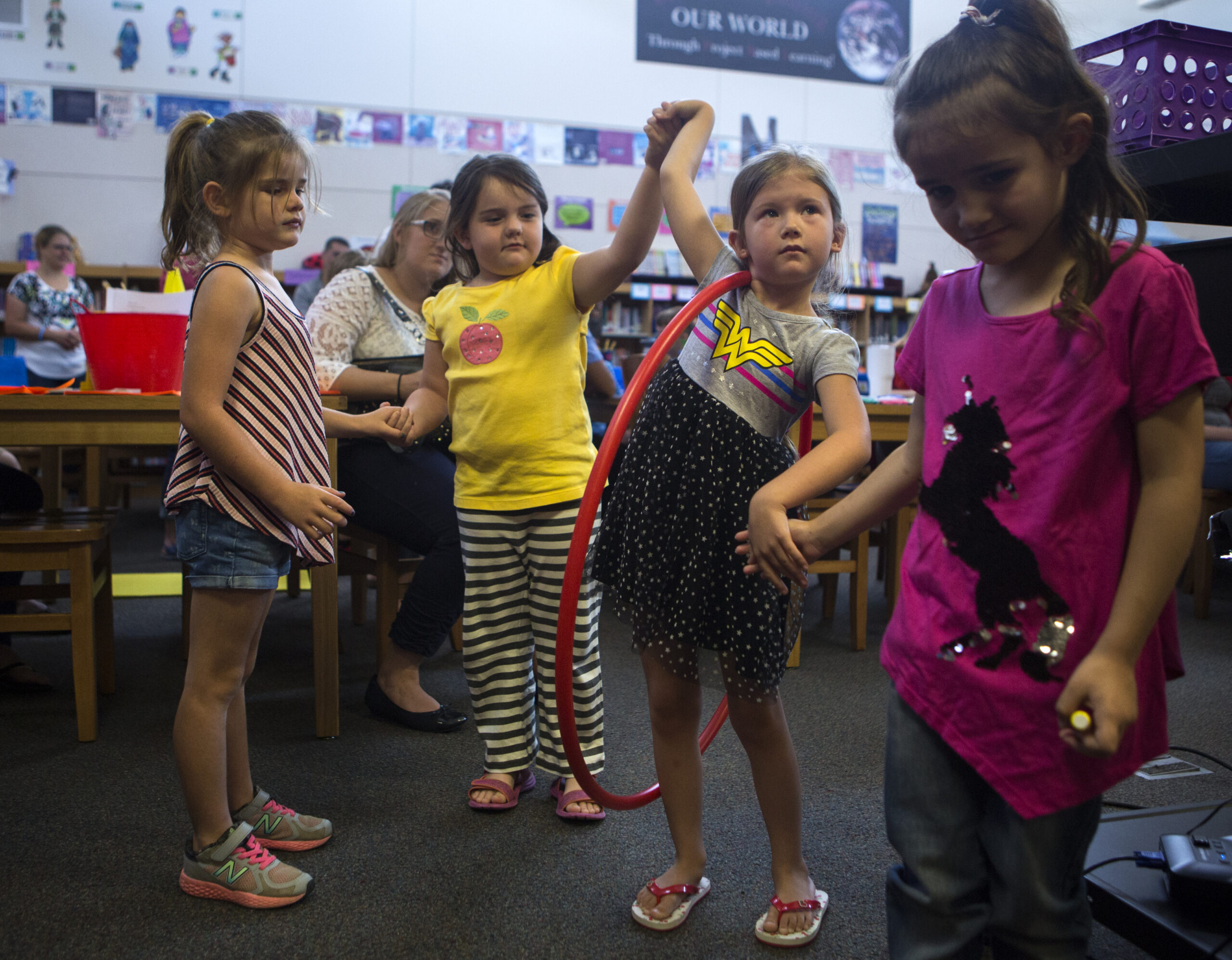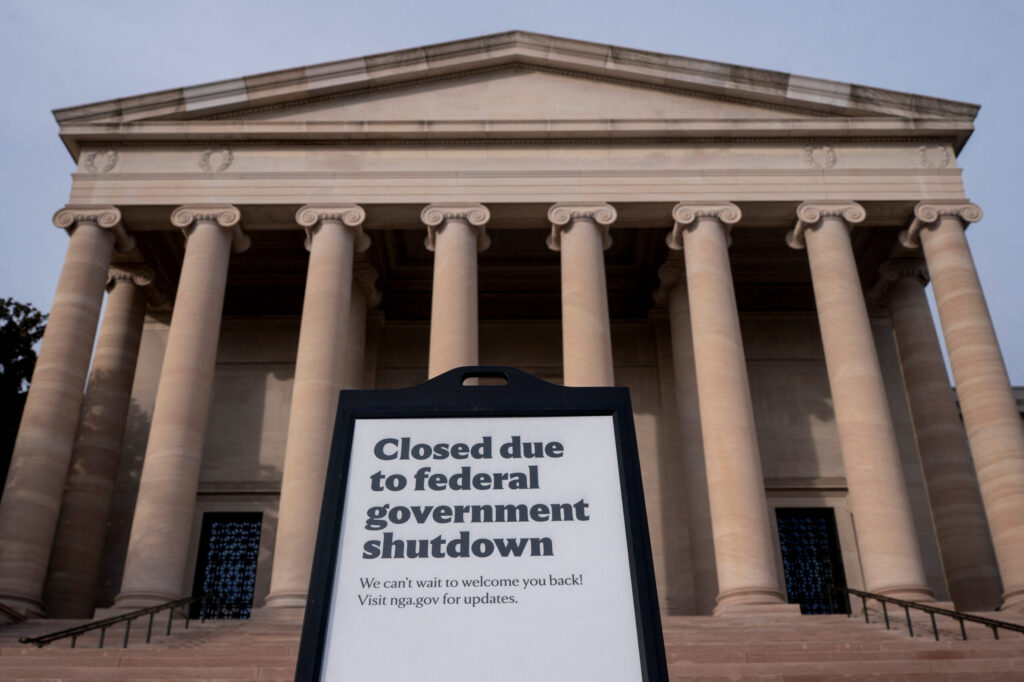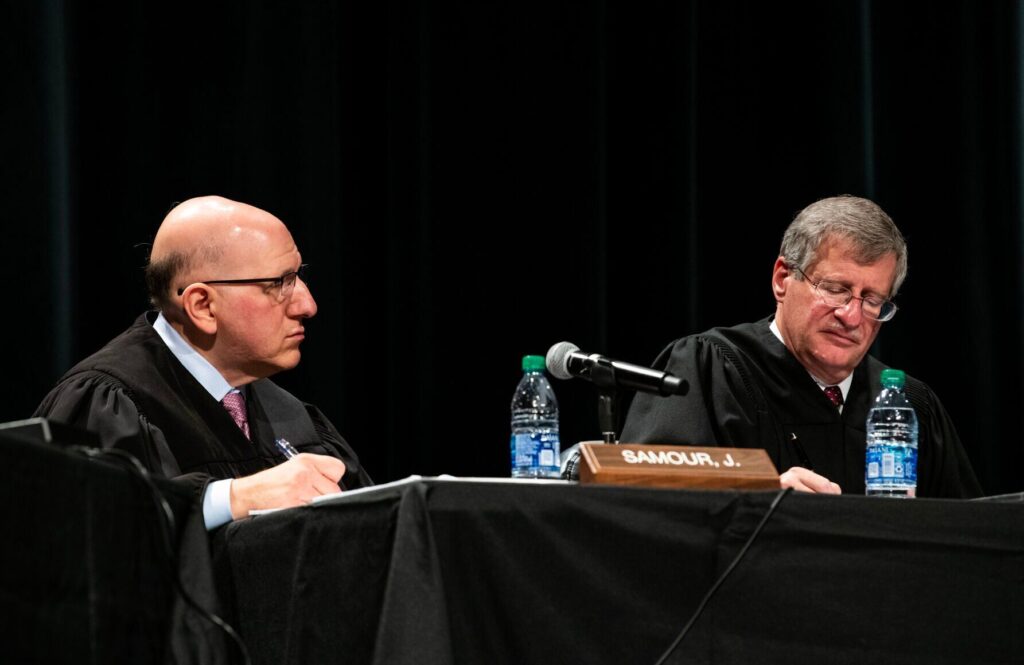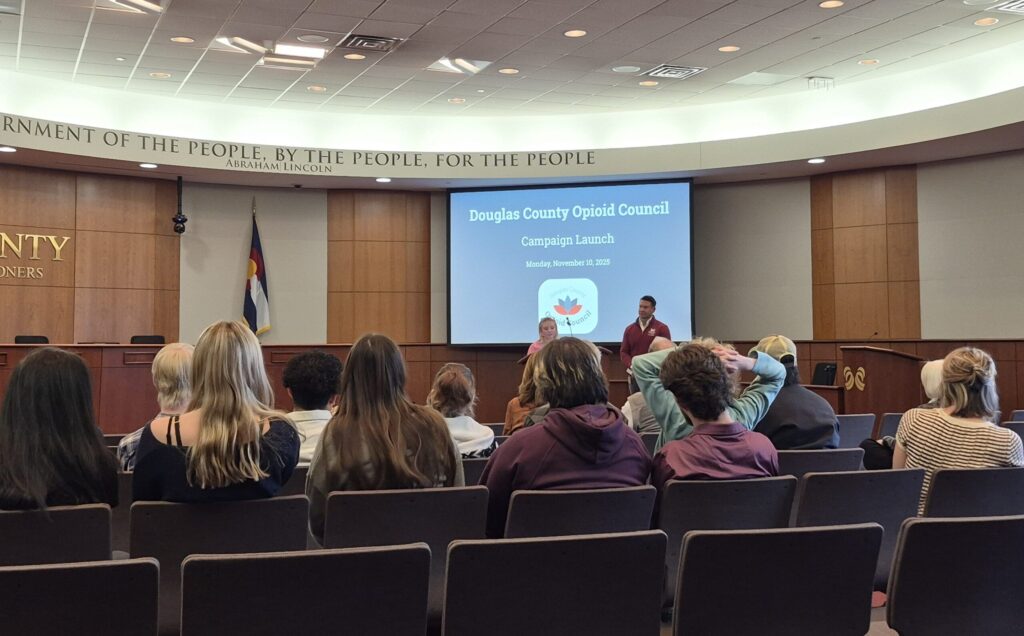Colorado has more children, but fewer young students entering public schools
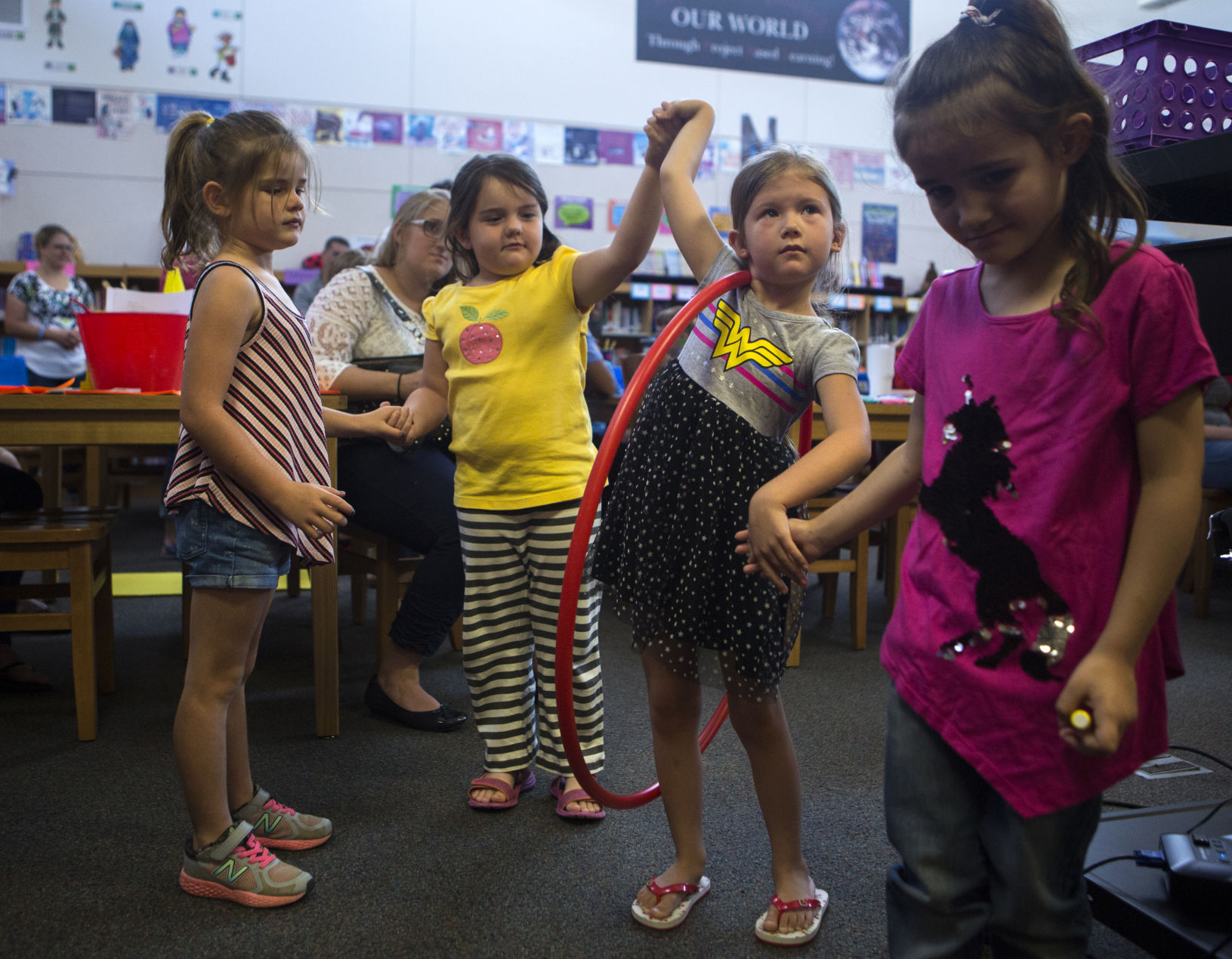
Colorado is increasing its number of children and their diversity, says the 2019 Kids Count from the Annie E. Casey Foundation.
And reduced teen pregnancies and other developments are spurring a school enrollment trend that bears watching.
Colorado children ages birth to 17 have increased by 43% since 1990 – the sixth-largest increase in the nation – and total 1.26 million, the 30th annual report says.
Hispanic and Latino children rose from 18% in 1990 to 31% in 2017. All children of color – Hispanic, Latino, black, Native American, Native Alaskan and Asian – made up about 41 percent of the child population in 2017.
But in recent years, more students have been leaving the school system than entering in kindergarten.
Colorado Springs School District 11’s new plan: ‘Equity is at the core’
Statewide last October, public schools had 63,409 kindergarten students enrolled and 69,394 high school seniors poised to graduate, the state Department of Education reported.
The pattern repeated in El Paso County’s three largest school districts, with 2,092 kindergartners and 2,218 seniors in Colorado Springs School District 11; 1,719 kindergartners and 2,143 seniors in Academy School District 20; and 1,421 kindergartners and 3,413 seniors in School District 49.
One reason is a positive statistic: fewer teen pregnancies.
Since 1990, Colorado’s teen birth rate has dropped more than 70 percent and hit a low of 16 births per 1,000 females ages 15 to 19 in 2017, the most recent year for the statistics.
State policy changes and local efforts to avert teen pregnancies have produced “better opportunities for young people in Colorado,” said Sarah Hughes, vice president of research initiatives for the Colorado Children’s Campaign. The nonprofit uses Kids Count data in advocating for policy change in health, education and early childhood development.
More women are delaying pregnancy into their 30s and reducing family size to “generally fewer than two children,” said Adam Dickford of the State Demography Office.
“We’re starting to see statewide a slight downward trend in elementary grade school enrollment because of that,” he said.
The wide availability of birth control, a focus on careers and the cost of housing, health care and other expenses associated with having children also are contributing factors, Dickford said.
What may look like an increase in high school graduations is related to reduced dropout rates, combined with a baby boom from the 2000s, he said.
Colorado had more births than deaths between 2000 and 2005, and those children are progressing through the educational system and reaching high school, Dickford said.
Teen suicides in El Paso County trending downward
The teen suicide crisis has passed in El Paso County, but the community can’t become complacent, says Dr. Leon Kelly, El Paso County coroner and chief medical examiner.
“Now is not the time to forget about this; now is the time we as a community have to invest in more upstream efforts to build resiliency in these kids,” Kelly said.
His newly released 2018 report shows El Paso County had seven teen suicides, three boys and four girls, among children ages 13 to 17.
That’s essentially a 50 percent reduction.
“In the three previous years, we averaged 14 a year,” he said. “Obviously, seven is a good sign we’ve made progress on this particular front.”
To date for 2019, El Paso County has had five teen suicides, ages 13 to 17.
Teen suicides tend to cluster when school is in session, Kelly said, with “almost none” during summer.
“I think the data that came out from last year is encouraging and shows that many of the efforts the schools and public health department have made are working,” he said.
But, he cautions, “This is not an issue you fix overnight.”
Kids need to learn there will always be difficulties in life, Kelly said.
“Bad things are going to happen to everyone. You want to empower kids with tools to overcome them.”
The state experienced a similar enrollment pattern in the 1980s, when people left the state for jobs elsewhere, he said.
“We don’t know if the pendulum will swing,” Dickford said. “One thing that is true about Colorado is its population is getting older.”
Overall, Colorado ranks 20th among states in child well-being but 41st in child health in this year’s Kids Count report.
“Certainly not where we’d like to be,” said Hughes.
What stands out in the data – which uses 16 indicators to rank each state in health, education, economic well-being, and family and community – is the increase in child and teen death rates statewide, she said.
“We’ve unfortunately seen that trending in the wrong direction in recent years,” Hughes said, and teen suicide has been a primary cause.
“As of 2017, we saw the highest teen suicide rate on record in our state,” she said. “Clearly the data show it’s time to take action in supporting our kids’ mental health in Colorado.”
The trend is reversing in El Paso County, said coroner Leon Kelly.
Another problem in Colorado is a higher-than-average share of teens who abuse alcohol and drugs, 6%, which equates to 24,000 teens.
In other categories:
? Colorado has a higher percentage of babies born at low birth weights, 9.1% or 5,848 babies, and a higher-than-average child and teen death rate of 28 per 100,000.
? Progress in fourth- and eighth-grade proficiency on English and math assessments has been stagnant for the past decade statewide.
? 21 percent of Colorado’s high school students did not graduate on time in 2017, earning the state a ranking of 44th.
? Colorado has fewer children living in poverty relative to other states – 12%, or 149,000 children – but Hispanic, Latino, black and children of two or more races account for more than half of the state’s children living in poverty.
The full report is available at www.aecf.org.
